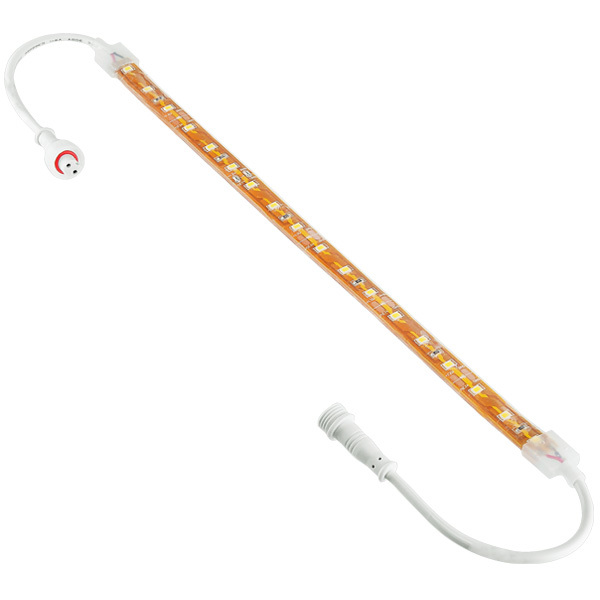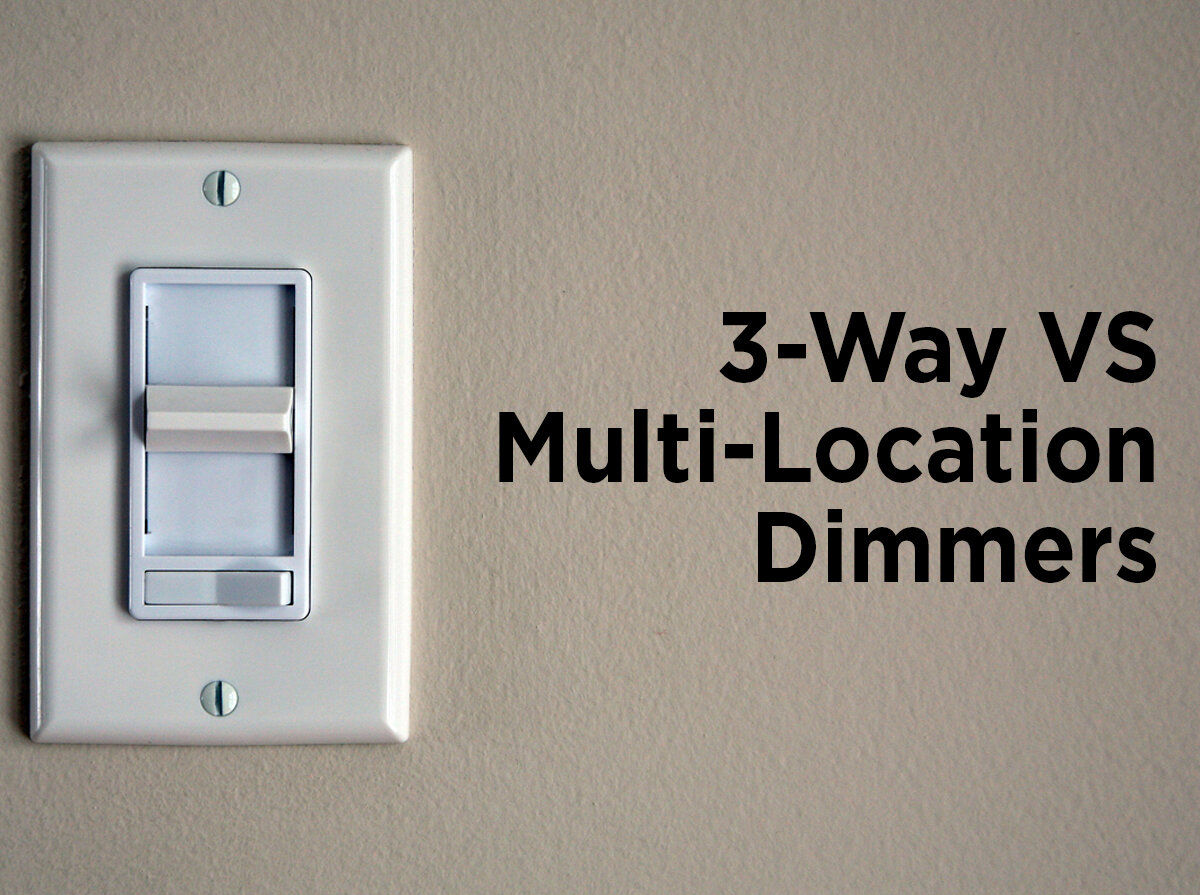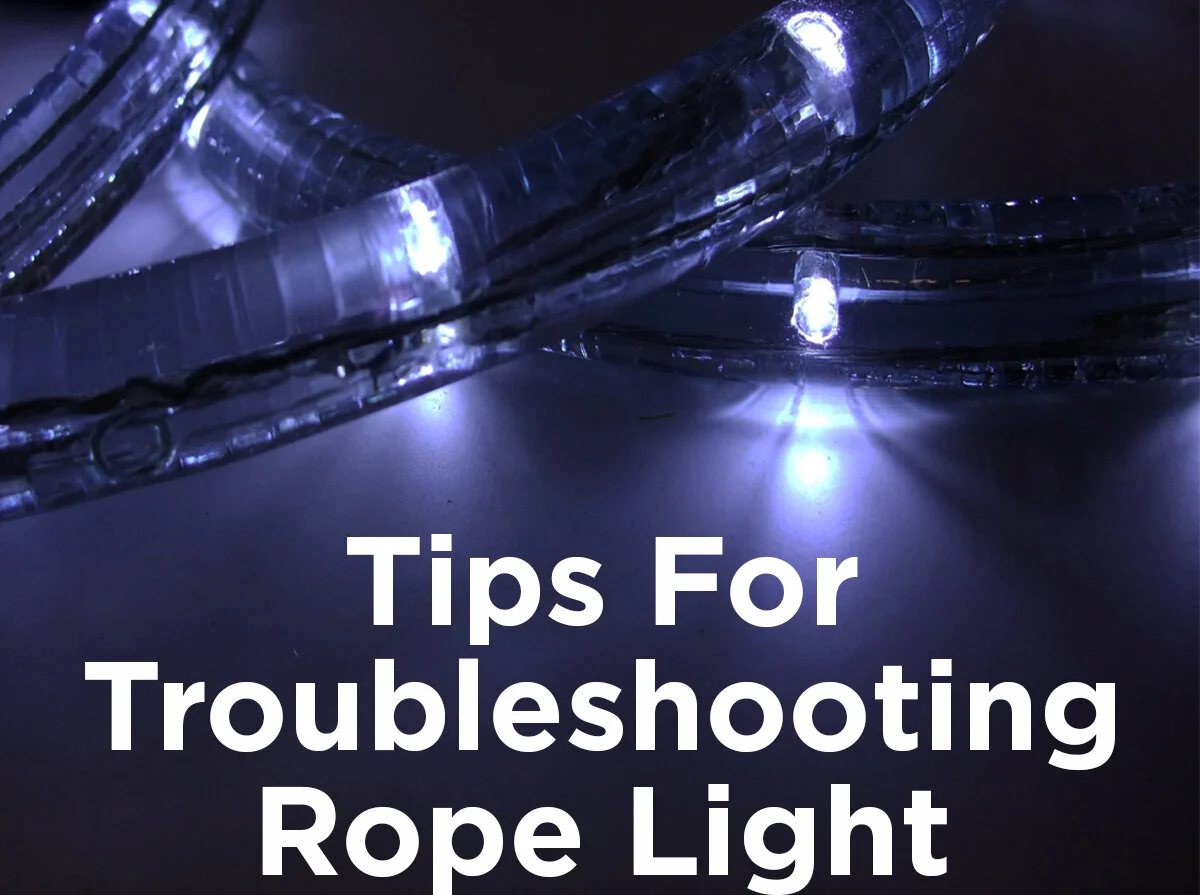Troubleshooting LED Tape Lights
Edited 6/26/23 by Harrison Hamilton & Hannah Lee
LED tape lights are the go-to lights for straight lines, right-angle corners, and subtle underlighting. They are less daunting to budding DIYers and decorators than their rope light siblings due to their simple installation process; often requiring no more than plugging them in to install. However, even LED tape lights have their quirks and common issues. The following list outlines some of the most frequent causes of tape light failures and potential solutions, followed by more in-depth troubleshooting of two common tricky situations and more tips to have your LED light strips working properly in no time.
How to Solve Seven of the Most Common LED Tape Light Issues:
The LEDs come on but then stop working.
Possible Cause: The dimmer connection is loose or is not compatible with the LED tape light.
Solution: Check the connections and your dimmer's spec sheet to ensure compatibility.
The LED lights won't light up at all.
Possible Cause: The tape light isn't turned on or plugged into the wall.
Solution: Confirm the tape light is plugged in and turned on.
Possible Cause: For battery-operated lights, the batteries are dying.
Solution: Replace the batteries.
Possible Cause: A hardware issue, such as loose wires or too much wire insulation, preventing LED strips from receiving power.
Solution: Check wire connections. Ensure wire insulation is stripped at least half an inch on the ends and connections are sufficient.
The LED tape light is flickering.
Possible Cause: The power supply voltage is too low.
Solution: Check that the voltage of the lights and driver match
Possible Cause: The batteries to your RGB controller are dying.
Solution: Replace the controller batteries.
The LEDs won't flash or chase.
Possible Cause: The lights are connected to a dimmer.
Solution: Disconnect the dimmer from the circuit, as dimmers prevent the tape light from flashing or chasing.
The light is a different color at the end of the strip.
Possible Cause: The strip has a weak electric current due to voltage drop.
Solution: Split up your strip light run with multiple LED drivers, with a max of 16 feet per driver.
Possible Cause: Crossed wires are causing the current to short.
Solution: Check for correct wiring and polarity of power. Hot and neutral wires should never touch. This could be a significant safety concern.
The RGB tape light stays one color.
Possible Cause: The tape light is connected backward, reversing the polarity.
Solution: Flip your tape light around and reconnect it.
The LEDs are hot to the touch.
Possible Cause: The power supply voltage is too high.
Solution: Check that the voltage of the lights and the driver match.
Signs of a Bad Pin Connection
If your LED tape light fails to turn on at all, then check your pin connections. Most likely, the pin is not inserted correctly. In rare cases, the pin is faulty. These tiny connectors are rather delicate, so you have to be very careful when inserting them. You could easily bend the pins or break them if you use too much force.
A bad pin connection could also be caused by a backward connection or reversed polarity. Typically one side of the tape light carries a positive charge, noted by a single dashed line, and the other side has a negative charge, usually noted with the manufacturer logo. The arrow on your connectors should point to the plus sign on your tape lights. RGB or color-changing LED tape lights are particularly susceptible to this reversed polarity problem. If your RGB tape lights won't change colors, try flipping your tape light around and reconnecting it.
Avoid Under or Overpowering Lights with an Incorrect Power Source
Make sure to double-check which power source your lights require. LED tape lights are available in 12 or 24-volt versions. A 12-volt tape light is typically used for short runs, such as for automotive vehicles or motorcycles. They can be installed without an LED driver and can be hardwired to a 12-volt DC battery. 24-volt tape lights are better for longer runs, such as under-cabinet or staircase lighting in homes or RVs. Underpowering your lights by using a 12-volt driver for 24-volt tape lights is likely to cause your lights to flicker, dim, or not light up at all. Vice versa, overpowering your tape lights will make your lights hot to the touch, ultimately causing the wiring to fry and your lights to fail. The output voltage from the driver or transformer must match the input voltage needed by your tape light.
Bonus Tips
What is the maximum run length for LED Tape lights?
The maximum run length is 16 feet for 12-volt tape lights. Generally speaking, the maximum run for 24-volt tape lights is also 16 feet. Although, you might be able to squeeze in another foot or two because of the higher voltage.
Are LED Tape lights weatherproof?
Many LED tape lights are not intended for outdoor use. All LEDs are sensitive to the temperature of the surrounding environment, so endless days in triple-digit heat will cut your lights' lifespan short. Lights should be IP65 rated or higher if you want to put them outside. Install tape lights in indirect or covered locations like eaves of your roof, deck railings, or under outdoor stairs. Even then, most tape lights cannot handle 3 months of the rainy season or being near your pool 24/7. However, waterproof LED tape lights can be submerged in up to 6 feet of water because of their IP68 rating. To maintain that rating, make sure you use the coordinating connectors and cables which create an airtight seal that prevents water from entering and interfering with your lights.
Can I cut waterproof Tape lights?
You can cut waterproof tape lights, but they won't be waterproof anymore. Cutting them will void the UL and IP ratings, and there's no guarantee that you can reseal the cut end well enough to avoid water seeping into your connection. The connectors for waterproof tape lights have been designed and thoroughly tested for extended exposure to moisture.
Contact 1000bulbs.com for Further Troubleshooting
Is your tape light issue still a mystery? Have no fear; we have over 50 dedicated agents ready to walk you through the selection process. Call 1-800-624-4488 for easy solutions to your next lighting project.








